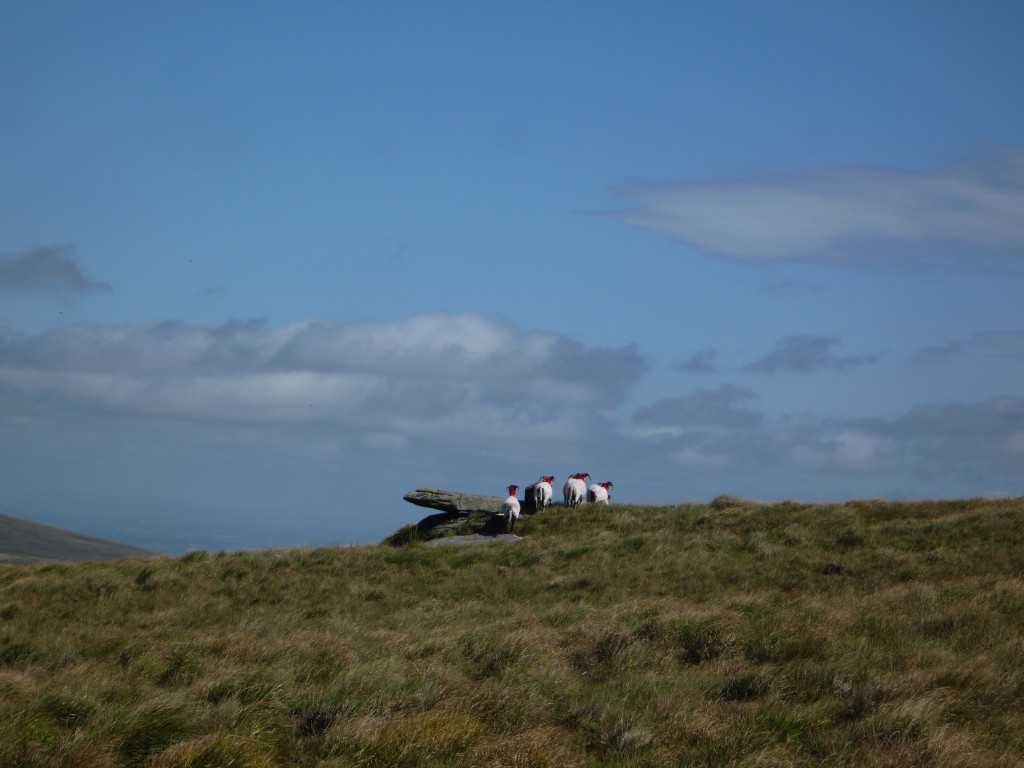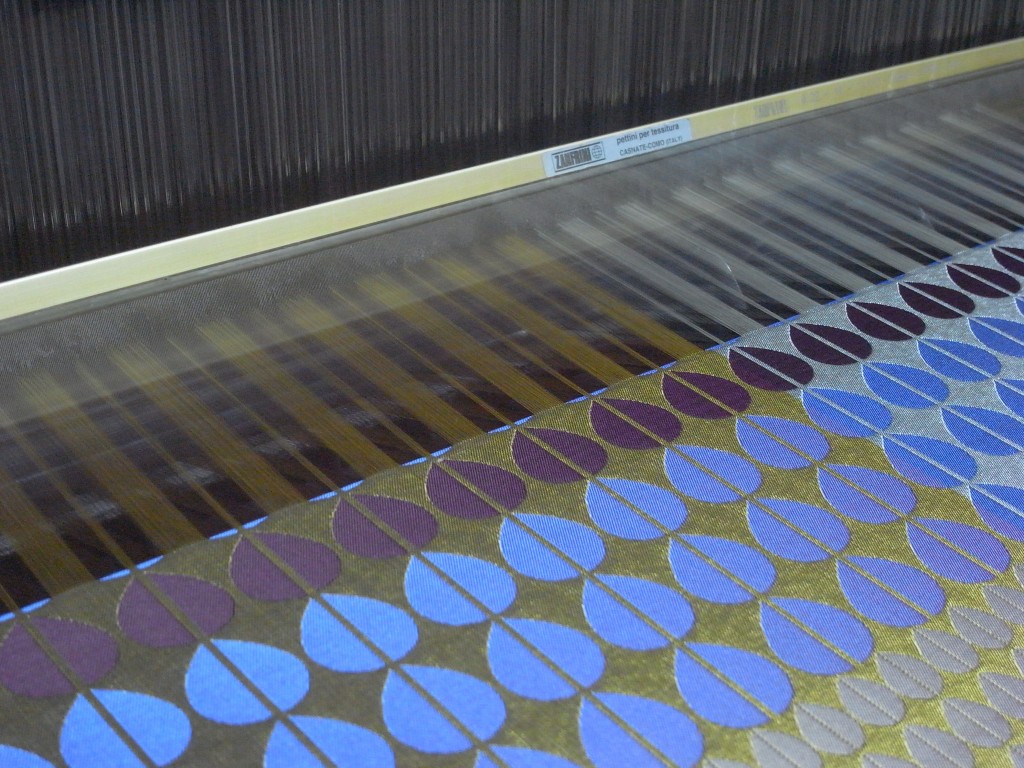
Pitti Filati raises spirits
Yarn fair Pitti Filati was a joy – designed to lift the spirits with fresh colours and lots of creative ideas for summer – despite the extreme difficulties brought by savage competition for spinners from the Far East, and more recently the massive EU debt crisis. But hard times brings out the best, and those spinners who’ve survived the competitive onslaught, were pulling out all the creative stops. Extraordinary technical advances as well as the spur of competition has resulted in enormous creativity as spinners look to go upmarket.
And things ARE changing, as buyers once again look to Europe for production, both of yarns and knitwear – (also happening in the Scottish Borders knitwear industry), because buying only from China proves to be unwieldy, slow in delivery and too high on minimums. Besides, there’s a move towards buying closer to home (more sustainable) with smaller quantities of high value products.
And another helping hand is that European mills are now seeing the Far East NOT just as competition, but as potential markets for European produced fabrics. China it seems has an increasing appetite for luxury goods.
So for S/S 2013, it’s colour that is giving new collections excitement and inspiration, also combined with stitch. Colour becomes a form of expression, personalising in different shades, hues and contrasts, often multicoloured, giving knits newness, as knitwear continues a strong fashion trend. And what was striking were colour contrasts with lots of white – with 1970’s fluos, green, orange and acid yellow – or just black and white.
Linen and viscose are top choices for knitwear, notably also in mixes and blends. And of course cotton – but cotton prices have risen a lot, and uncertainty is slowing sales of cotton yarn. The soaring costs of all raw materials is clearly a big concern. In fact the only luxury fibre not rising unduly has been alpaca – resulting in more alpaca knitwear in the current winter season – and viscose prices have not risen unduly either.
This season sees a lot of fancy yarns, as spinners offer yarns with interest, rather than compete with classic qualities from the Far East. I’ve never seen so many tape or ribbon yarns, in every fibre, ranging from the finest cotton or silk tapes at Japanese Hasegawa (used apparently by Burberry), to cotton tapes from Filclass, rustic knitted linen tapes from Filpucci, and more fancy tapes in fibre mixes, often viscose, from Lineapiu, Millefilli, Olivo Filati, and others….. Tape yarns were also made from cutting knitted stripes, giving the yarn irregularity of colour, like a printed effect.
Also notable were crepe textures in fine high twist yarns, with a dry touch and drapey, in cotton, linen and viscose, a cool alternative to the smoothness of silk and viscose. And jaspe twist yarns in contrasting tones.
Yarns were mixed in knit stitch structures, mixing fancy yarns with classic, or thick yarns with thin. Extra effects are given in the twist of the yarn, for instance a ribbon yarn twisted with a contrasting colour.
There was a more rustic rural mood, working as a theme, focussing on honest values, and pride in workmanship. The trends area, entitled Futurural featured a line of agricultural workers, heads bowed in toil, each dressed in a patchwork of knits – with a nod to Amish quilts.
But it was a bit overdone, as it was’nt all rustic and rural. There was a strong sense of sophistication, in yarns and blends in silk, viscose and linen, carefully coloured and mixed with white in fluid drapey knits, which simply was not rural.
Colour inspirations
Colours for summer are fresh and delicious, taken from nature, water reflections, trees and more earthy tones of pigments and ochre mines. And achieved with multi colour mixes in the yarn or knit.
– Pale pastels: whitened, with lemony yellow and greens, coral, pale blues. – often in melanges (Todd & Duncan mixes white with tiny percentages of colour).
– Flowers: fresh mid tones, corals and yellows, pale orange, dappled greens and blues highlighted with lemon and lime.
– Toile de jouhy and indigo: mid tone blues, watery greens and turq, and white.
– Fresco: a soft palette inspired by frescos and plaster with irregular mid tones.
– Earthy: tones of pigments, ochres, clay and brown, with a Morrocan North African feel.
Dyeing Naturally
While on the subject of colour, it is possible now to dye with natural dyes on an industrial scale – Tintoria di Quaregna has fully developed its certified industrial scale dyeing with natural dyes. Produced with over thirty types of herbs and plants, such as Sandalwood, henna, blackberry, turmeric, indo, tansy and many others. Natural indigofera leaves following an ancient dyeing technique are used to achieve a natural indigo process. Needless to say it only works on natural fibres, and now with a Woolmark certification too.
The company also dyes in different forms and applied in different ways. A sprayed effect usually applied to fabric, when applied to a top or yarn gives a mottled effect which can be done to any depth or intensity. Vintage is another dyeing process which allows garments or yarns to have a used old look Stardust is a new finish which gives a bright starry effect and Make Up is a new finish applying a selection of make up powders to yarns, garment and fabrics.
Pages: 1 2





